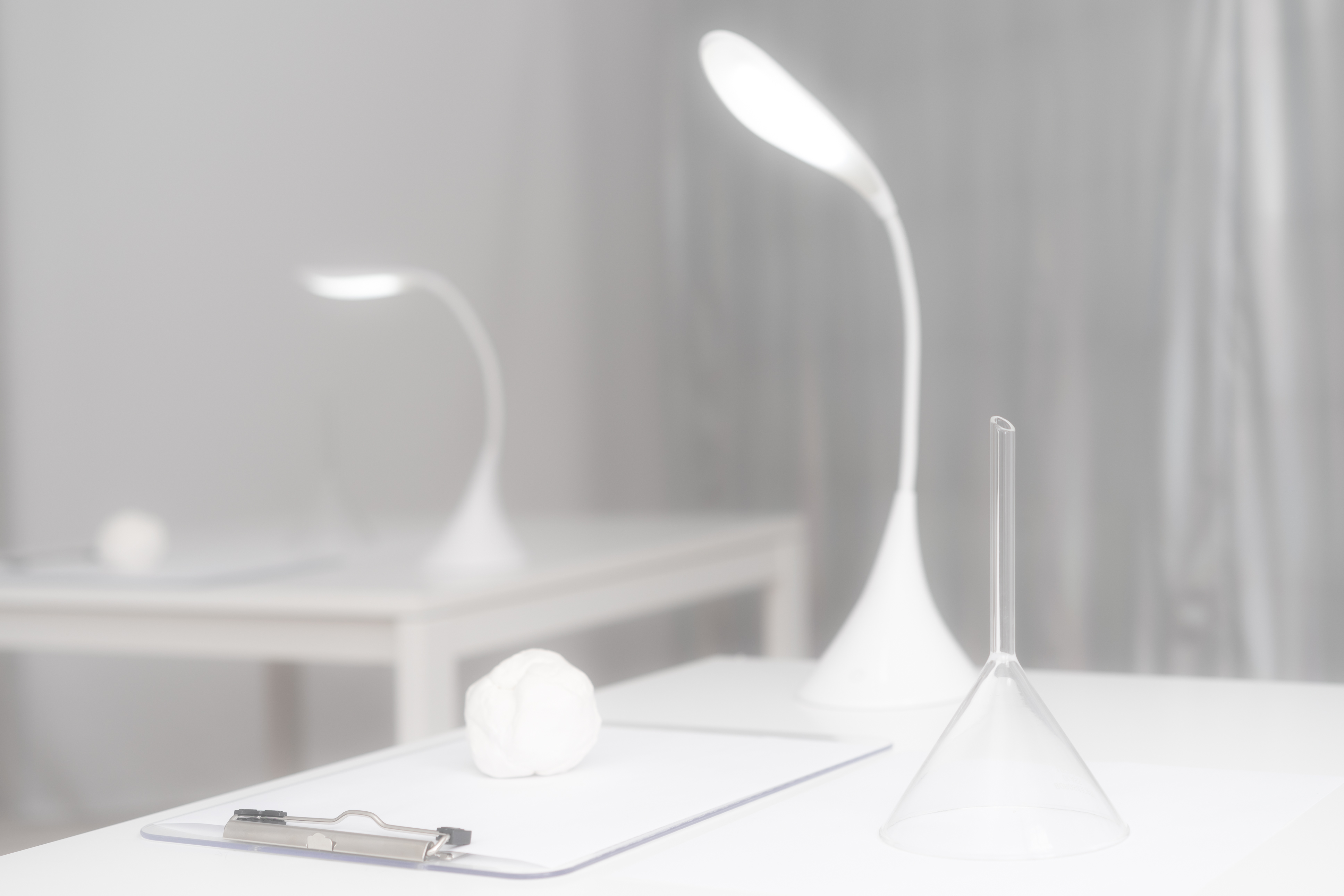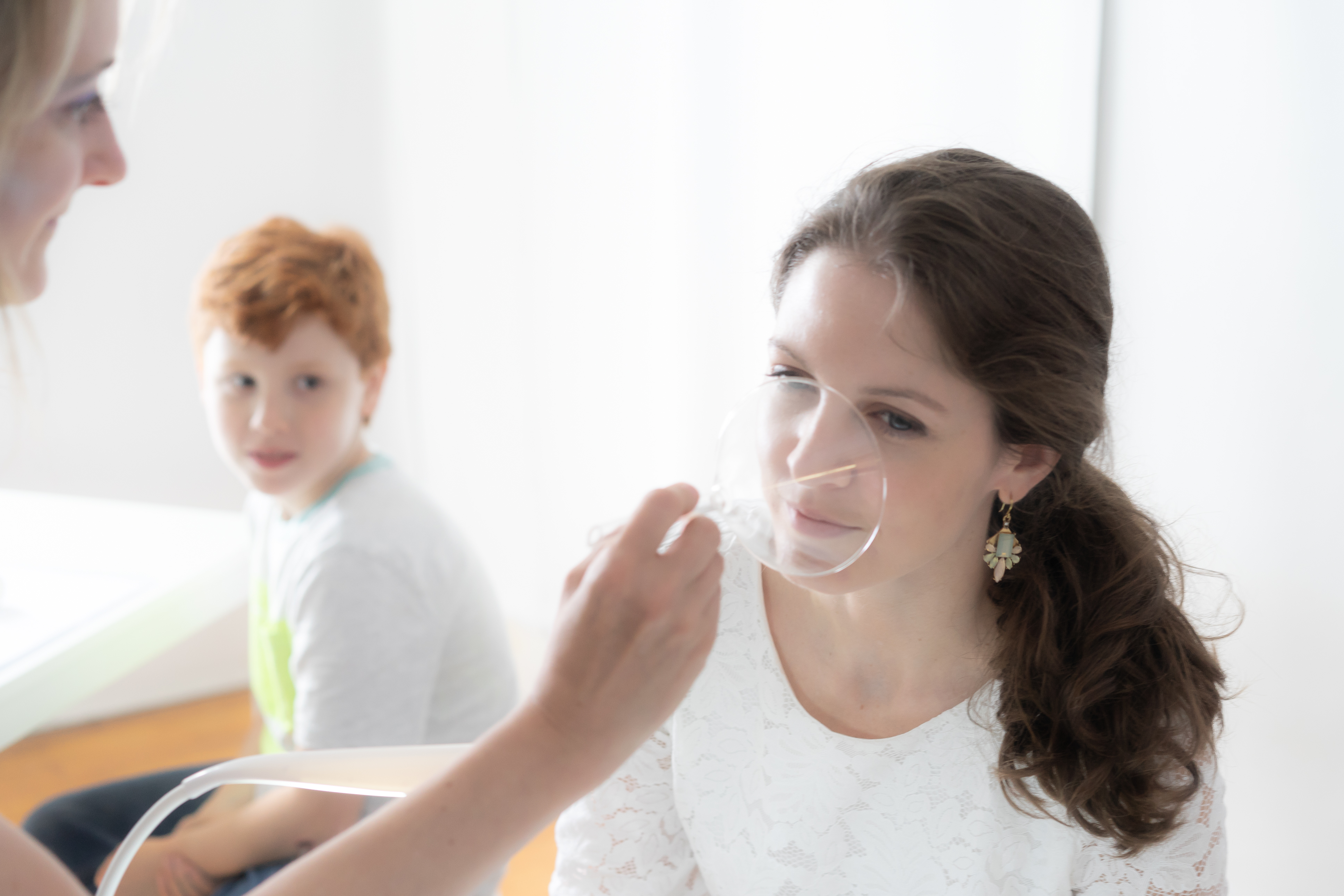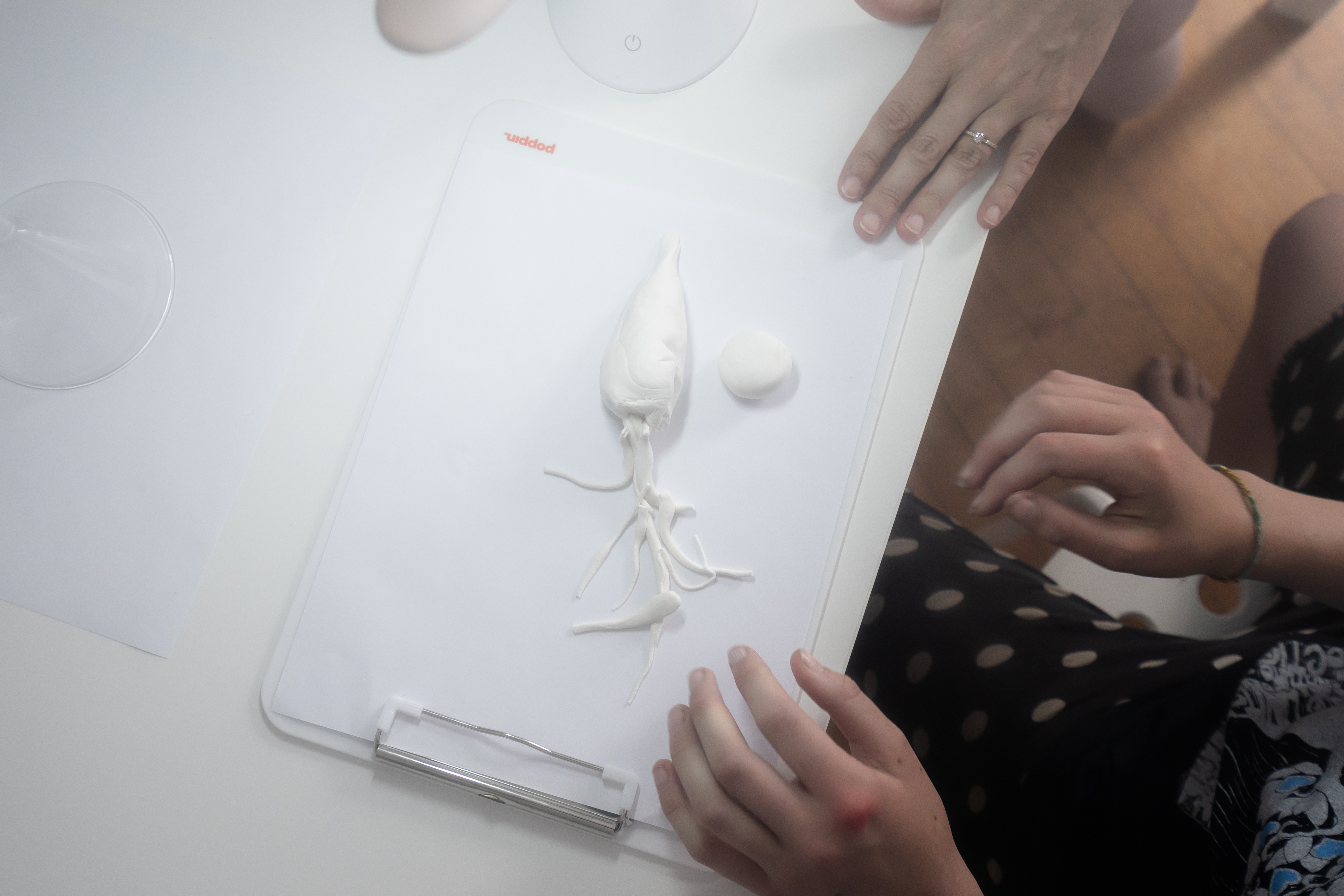Cette publication est également disponible en :
Français
A few weeks ago the Figment Festival took over the vast lawns and abandoned buildings of Governors Island in the bay of New York with various art installations, performances and scientific activities. Tasting insects, traveling in the music of the brain, eating jelly beans without breathing or shaping smells, these are the kind of experiences that were offered by the Guerilla Science collective in the midst of this festive event. And if the whole thing looked like a colorful school fair, it was nonetheless all very serious. Working at the jelly beans stand? Researchers from the Monell Chemical Senses Center of Philadelphia, usually busier trying to identify the missing gene responsible for anosmia. Managing the smell laboratory? Olivia Jezler, founder of Future of Smell, and Ugo Charron, a young perfumer from Sancerre (France) now working with senior perfumer Christophe Laudamiel between New York and Berlin.
Do smells have shapes? This is what the Smell-X olfactory experiment was aimed to determine through dystopian storytelling and a science-fiction setting. Imagine: in a not-so-distant future, the sense of smell has almost entirely disappeared. Only a few individuals still retain the ability to smell. In their search for a visual and tactile translation of fragrances, scientists are inviting the lastsmellers to create shapes based on smells. While entering the Smell-X laboratory, visitors were greeted by the head of the lab (actress Géraldine Dulex) who encouraged them to smell a scent and then shape a ball of clay in less than 30 seconds.

If the main objective of the experiment was to study the way our brain matches shapes and smells, it also highlighted anosmia and its consequences. When asked which sense they would live without, most people decide they would give up smell. Yet losing the sense of smell can have very important implications such as loss of appetite and libido, a tendency to depression, and the incapacity to detect some dangers like a fire, a gas leak or rotten food. “The goal of Smell-X was to use principles of speculative design to create a fictional world where people would be asked to think about the importance of smell and learn about cross-modal correspondences, through participation” explains Olivia Jezler who based the experiment on her 2016 study for the SCHI Lab at the University of Sussex.
The first prototype of the experiment using the smells of lemon and vanilla with children was rather disappointing, Olivia recalls: “The kids were thinking very literally. When they smelled lemon they instantly recognized it and modeled a lemon, and when they smelled vanilla they made ice cream cones or flowers”. The two perfumes composed for Smell-X were therefore more abstract. “I imagined the pointy shape in
terms of verticality using straight, direct, aggressive raw materials—sharp lime and Sicilian lemon, pink and Sichuan peppers for cold spices, petitgrain and aldehydes. For the round shape I worked with a comfortable sensuality, horizontal, with curves and depth—soft musk, lactones, coconut juice, a dash of vanilla, and ionone petals with violet facets. I also tried to approach both creations with the idea of temperature: warm for the round, cold for the other” explains Ugo Charron, whose scent compositions were partly inspired by a previous study by Professor Charles Spence from the Crossmodal Lab at Oxford University who discovered that the smells of lemon and pepper were associated with angular shapes, while raspberry and vanilla were associated with rounded shapes.

This time the results of the Smell-X experiment proved more compelling. Visitors created remarkably distinct and abstract shapes for each scent: rounded, flat, soft, and dense for one, long, vertical, pointy, and dispersed with spikes for the other. Interestingly enough, even the blind person who did the experiment translated the “spiky” scent into a vertical tower with spikes on top, which might indicate promising applications for the visually impaired. “What’s fascinating, adds Olivia Jezler, is that across cultures, even in indigenous cultures, we can find the same cross-modal correspondences.”

Looking ahead Olivia Jezler wishes to extend Smell-X to other senses in order to generate “a cross-sensory database that designers could use to design more immersive experiences”. The results could thus be used to elaborate means of non-verbal communication based on the analogy and synchrony of various stimuli, from product design to therapeutic uses, or even the creation of emotionally charged environments in which smells and shapes would be combined to ensure optimum effect (comforting in a hospital, dynamic in a work place, etc). That’s what happens when a curious nose meet a ball of clay!
To learn more about Olivia Jezler’s inspiring work : https://www.psfk.com/2018/06/interview-olivia-jezler- future-of-scent.html
Pictures: Timothy Woo








Comments